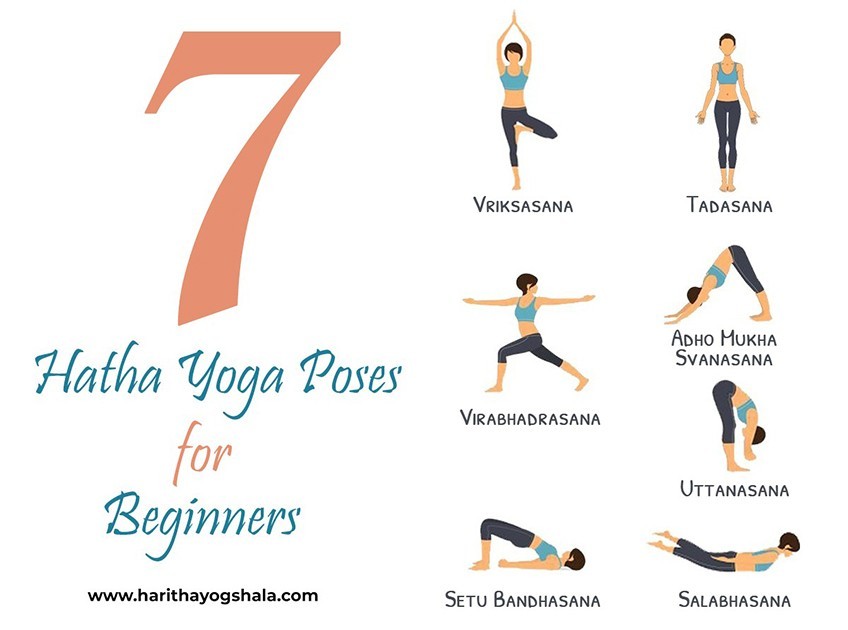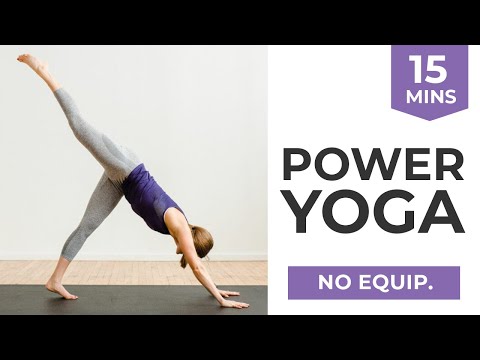
There are many types of yoga leg stretching that can help strengthen your legs. These include the Pigeon Pose Hanumanasana and the Eye of the Needle. Below are some of the most popular yoga leg stretches. You can learn how to do them all and increase your flexibility. Donna Noble offers a post-workout cooldown. After your workout, it's important to do a few stretches to prevent back and joint pain.
Hanumanasana
If you are a yoga practitioner, you will know that the hanumanasana pose is one of your best options for leg stretching. It is similar to a pigeon pose, but instead of using your arms to swing your legs, you use your front heel. This will increase your hip flexibility and stretch your hamstrings. You can do this pose in parts or support your front thighs with a front-thigh support.
Hanumanasana can be described as a traditional pose in yoga. It is performed from a down dog position. It opens the hips, groin, and pelvis. It also helps tone your abdominal organs. You'll notice your legs feeling longer, more flexible, and more supple after you do it. It is important to pay attention to your alignment when practicing yoga. It's a good idea to get certified yoga instructors to teach you this pose if you aren't a practitioner.
Eye of the Needle
Eye of the Needle, one of the most calming yoga leg stretches, is the Eye of the Needle. This yoga posture is great for stretching the hips, lower back, gluteus muscles, and hips. It's great to reduce stress and relieve menstrual problems. Start by lying flat on your stomach with your legs extended, and your feet flatted on the ground. Next, place your hands behind your knees and raise your right leg up to the sky. Repeat for the other side.

Beginners might like to attempt Threading the Needle. You place one foot on each side of the floor, and the other over your leg. You can adjust the tension in your hips if you find the pose uncomfortable by covering your neck with a blanket. Alternatively, you can perform the pose while sitting in a chair. To get started, fold your chest over your bottom leg, and bring your upper body towards your chest.
Pigeon Pose
If you're looking for a gentle yoga stretch to help ease low back pain and tight hips, try the pigeon pose. This pose can also improve flexibility and induce relaxation. Begin by starting in a pigeon pose. Then, increase the difficulty and stretch. Practice the right technique and don't bounce. Bounces don't improve flexibility and can even cause injury.
This pose is challenging and can be very difficult for beginners. This is one of the best yoga leg stretches, and it can help release stress from the hips. Even though it may be uncomfortable to sit in a pigeon position, the benefits are well worth it. This pose is good for strengthening the hips and piriformis. This pose is beneficial to those who spend their day at a desk, runners, cyclists and yoga teachers. There are many variations to choose from, and they can be adjusted to your specific body type.
Standing split
The Standing Split is a popular leg stretch that strengthens both the hamstrings and the quadriceps. It also strengthens the calf, hip flexors and groin muscles. It is an excellent way to strengthen and balance the quadriceps (hamstrings), calf and hamstrings. But, if you do it wrongly, it can cause your adductors to be in the wrong place.
When done correctly, Standing Splits can improve your flexibility and focus. This pose is challenging and you need to practice it either with a wall or without one. It can be helpful in relieving anxiety, depression, or headaches. You must ensure your leg muscles remain warm before you can practice the Standing Split. Sun Salutations are a great way to warm your legs up and prepare them for the challenging Standing Split. If you do not have any warm-up time, you can use other yoga leg stretches to warm up your legs and hamstrings.
Knee-to-chest stretch

The basic leg flexor stretch of the knee-to-chest is the knee-to-chest. It is a great way to relax the leg muscles and relieve stress. This pose is also called the breather. Grab the end for a yoga band with your right arm and straighten your right foot. Feel the stretch in your thigh. This position should be held for ten seconds. Repeat on the other side.
One knee-to–chest stretch can improve circulation and relieve tight lower back muscles. It can also improve posture. For optimal health, you should do it at least twice daily. It can be done at night to maintain flexibility in your hips, low back, and hips. These tips will help you achieve perfect stretching:
FAQ
What should I do if I am experiencing mental health issues?
When you have any kind of mental health problem, it's important to seek treatment. Perhaps you've been through trauma or suffered abuse in the past. You might have experienced trauma or abuse in the past.
An eating disorder, addiction, and other mental illnesses could also be a problem. These disorders can lead to severe life-altering consequences.
They shouldn't be dealt with on their own. Talk to someone who has experience with these issues. These challenges can be overcome with the help of a professional therapist.
How does mental well-being affect daily life?
All people are affected by mental illness at some point in their lives. The difference between individuals with mental illness or others is the fact they don’t seek treatment. Talk to someone if you feel something is not right. There are many options for dealing with anxiety, depression, stress, such as medication, therapy, exercise, diet and meditation.
What do psychologists say about mental health?
Psychologists believe that mental well-being is an integral part of human development. Psychologists also believe mental health is about more than having no mental illnesses. It's also about being mentally fit.
Different views are held by psychologists about mental health. Some psychologists believe mental health is unnecessary because so many people don't have any mental illnesses. Other psychologists think that mental health is essential because without it, we can't function properly.
Why is mental health important?
Work, play. Learn. And love. Mental health refers only to our overall health. The physical, psychological as well as social, spiritual and environmental factors that influence us every day are all part of mental health. The good news? There are many ways to take care of yourself mentally. It's not necessary to do all the things at once. You can just start!
Understanding where you are now is the first step to improving your mental health. This quiz will help you determine if you are doing enough to improve your mental health. If your score is low you might need to change your lifestyle.
You scored well, congratulations! Take a look at the specific steps you can take to maintain and improve mental health.
-
Get enough rest. Your brain will stay sharp and energized if you get enough rest. The American Academy of Pediatrics (AAP), suggests that you get 7-8 hours of rest each night.
-
Exercise Regularly. Exercise releases endorphins in your body which makes you happier and less likely to stress. Five times per week, aim for 30 minutes of exercise.
What can I do for my mental well-being?
When we feel stressed out at work, home, school, or with our families, mental health is crucial for all of us. The best way to improve your mental health is to exercise regularly, eat healthy food, sleep well, and spend quality time with loved ones. Exercise releases endorphins which makes us feel happier. Eating healthy foods also helps our bodies function properly. Sleeping well gives us energy throughout the day. Spending quality time with loved ones can improve our relationships and reduce stress.
Statistics
- More than 40 million adults in the United States have an anxiety disorder, but less than 37% of people seek mental health treatment for their symptoms. (talkspace.com)
- In any given year, an estimated 18.1% (43.6 million) of U.S. adults ages 18 years or older suffered from any mental illness, and 4.2% (9.8 million) (healthypeople.gov)
- It means no drinking any alcoholic beverages and no taking any drugs that aren't 100% natural.
- More than 50% will be diagnosed with a mental illness or disorder at some point in their lifetime.3 (cdc.gov)
- Similarly, for positive mental health, there is likely to be substantial agreement about some typical components (e.g., resilience to stress) 6, and controversy about more atypical components (e.g., career consolidation). (ncbi.nlm.nih.gov)
External Links
How To
How To Determine If One Needs To Ask For Help From A Mental Health Expert
To determine whether you need to seek professional assistance, some signs should alert you to the possibility that your problem might require professional attention. It is best to see a doctor if you spot any warning signs.
-
It's as if you feel out of control.
-
You've been having trouble sleeping.
-
Concentration can make your mind race.
-
You find yourself thinking about suicide.
-
You feel helpless.
-
It feels like your life isn’t worth living.
-
You have lost interest and are no longer interested in the things you loved.
-
You have stopped eating.
-
You have been withdrawn.
-
You're using drugs and alcohol to deal with stress.
-
You have begun to lose friends or family members.
-
You may have also experienced headaches, stomachaches or backaches, and chest pains.
It is imperative that you see a doctor immediately if you are experiencing any of the above symptoms.